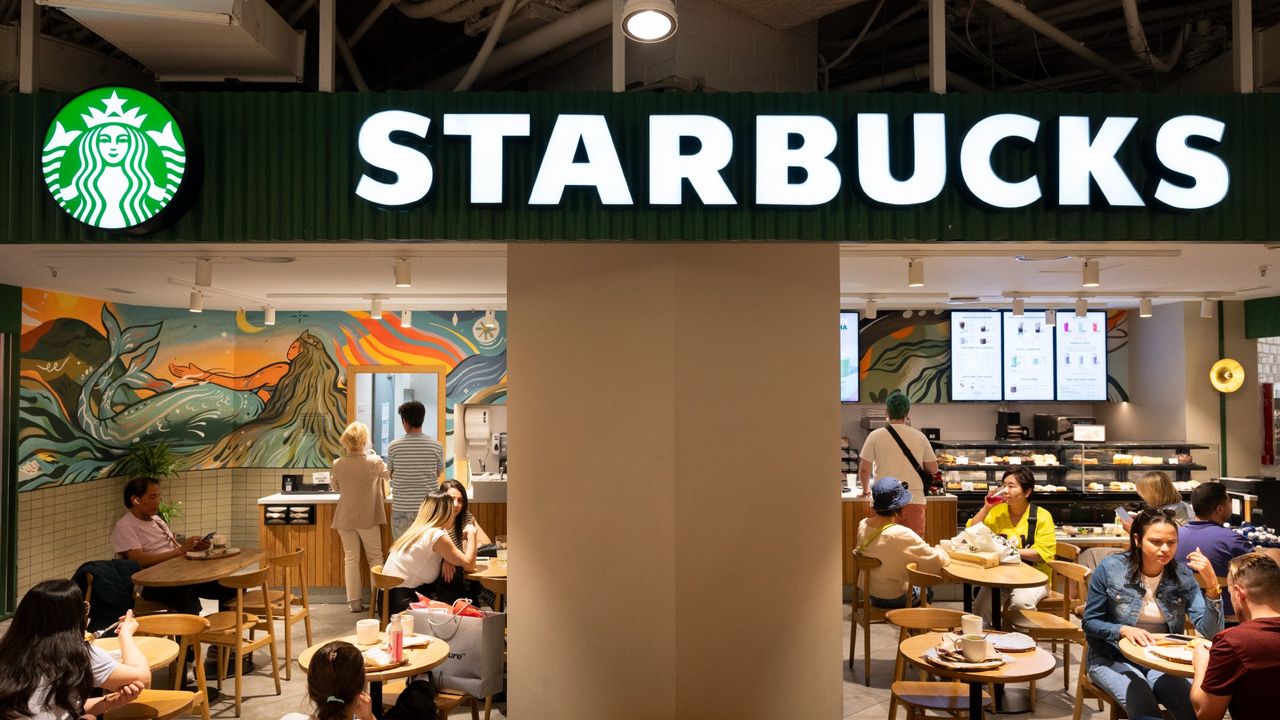- Posted On:2024-11-04 22:11
-
699 Views
How did Starbucks 'fall from grace'?
Starbucks is the biggest coffee success story in the world. But it has stumbled of late — going through four CEOs in two years. Can the latest top executive restore Starbucks to all its caffeinated glory?
New CEO Brian Niccol "wants to make Starbucks a coffee shop again," CNN said. Niccol is considered a "Mr. Fix-It" in the restaurant industry, having previously overseen turnarounds at Chipotle and Taco Bell. That kind of help is needed at Starbucks, where sales have fallen for two straight quarters. In recent years the chain has shifted from a sit-down model to a place where customers order on an app and get their drinks to go. In the process, customers have registered dissatisfaction with "high prices, slow pickup orders on Starbucks' app and lackluster food options," CNN said. "There's a shared sense that we have drifted from our core," Niccol said.
The financial world is skeptical, said Fortune. One investment group issued a "sell" advisory for Starbucks stock in late September. Niccol's predecessor, Laxman Narasimhan, left the job in August after just 17 months. "While the new CEO suggests necessary strategic change is now on the table," Jefferies managing director Andy Barish said in a note, the company's problems will "take time to fix." It will happen, Niccol said. "We will innovate from here."
Consumers are pulling back
Starbucks is not alone in facing challenges. A "long-predicted consumer pullback" is hitting the broader fast food industry too, said CNBC, with McDonald's, KFC and Pizza Hut also facing challenges. Economists had long expected that inflation — in the form of higher product prices — and high interest rates would prompt Americans to slow down their purchases of chocolate cream cold brews and Big Macs. Now that moment is here. "In this environment, many customers have been more exacting about where and how they choose to spend their money," Narasimhan said before he was fired.
But Starbucks has specific problems. The company has "strong mobile order and pay sales," said QSR, an industry magazine. The data also shows that a large number of potential customers — in the "mid-teens percent" — use the Starbucks app to start an order, but bail out before completing the purchase. This suggests concerns about "long wait times" are playing a role.
For years, Starbucks was the only real premium coffee option for most consumers. But that is no longer true. "More and more coffee houses have sprouted up," said financial news service Seeking Alpha. They have Wi-Fi and good coffee drinks, too. "The bottom line is that growth will be much harder to achieve going forward," Seeking Alpha added.
Stumbles in China
Starbucks' issues go beyond American consumers. The company made a big bet on building new stores in China but now its "ambitious expansion plans are lagging," said Quartz. Starbucks announced in 2022 it would open one new store every nine hours in China — but it ran into competition from Luckin Coffee, a homegrown operation with more than 16,000 locations.
One bit of good news for Niccol: China's new stimulus “could make life easier” for Starbucks' efforts in that country, CNBC said. Starbucks and Nike have both faced headwinds in the Chinese market, but the stimulus should encourage consumers to open their wallets a bit more — and perhaps give fresh life to Starbucks' expansion plans. One obstacle: There is a "growing skepticism of foreign brands from the Chinese government and consumers," CNBC said. Starbucks won’t benefit from the stimulus "without better execution."

